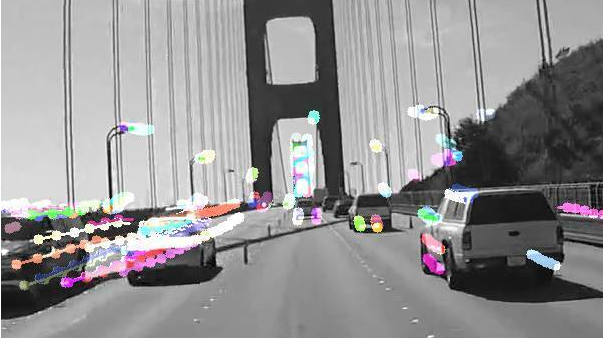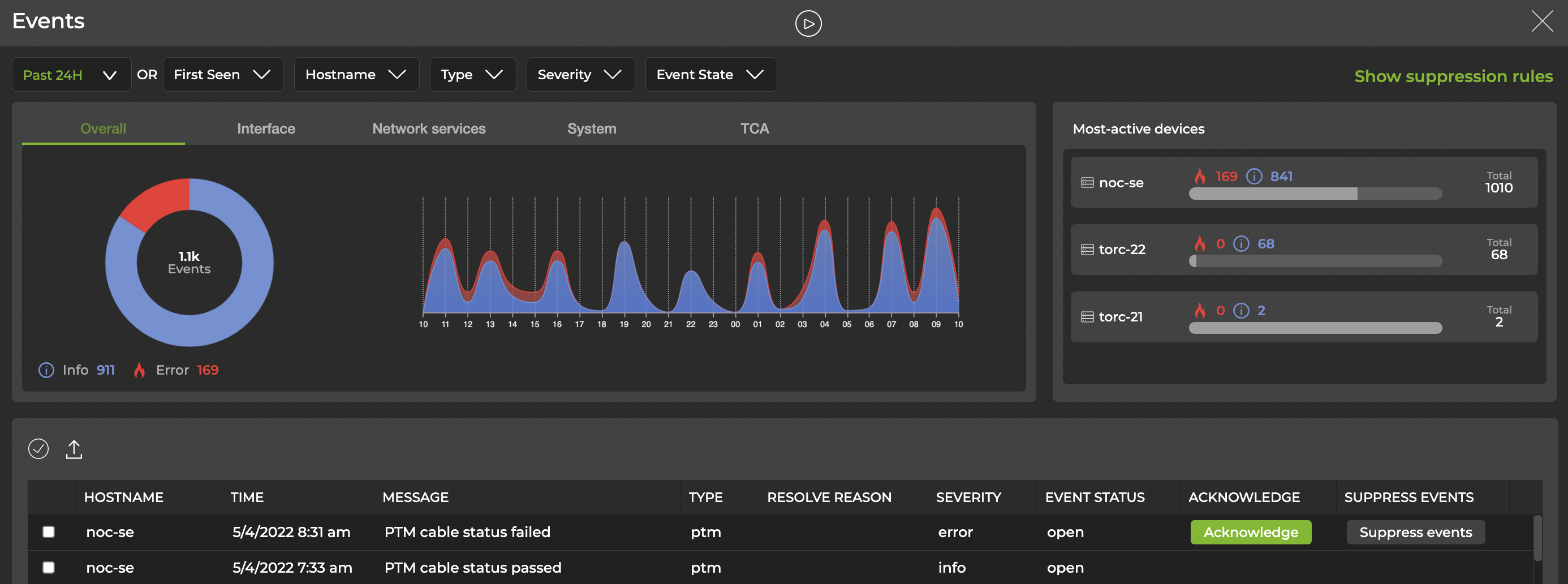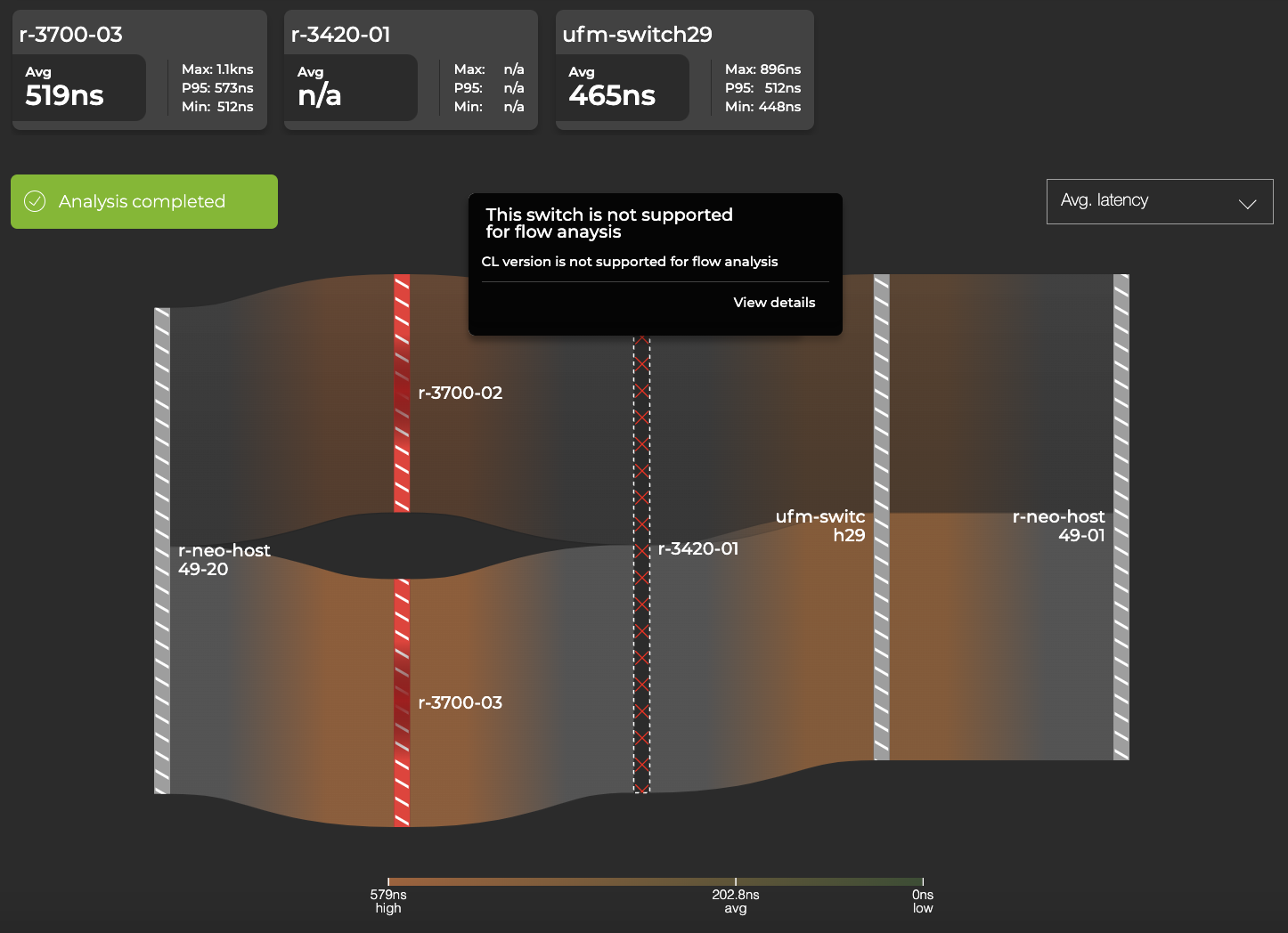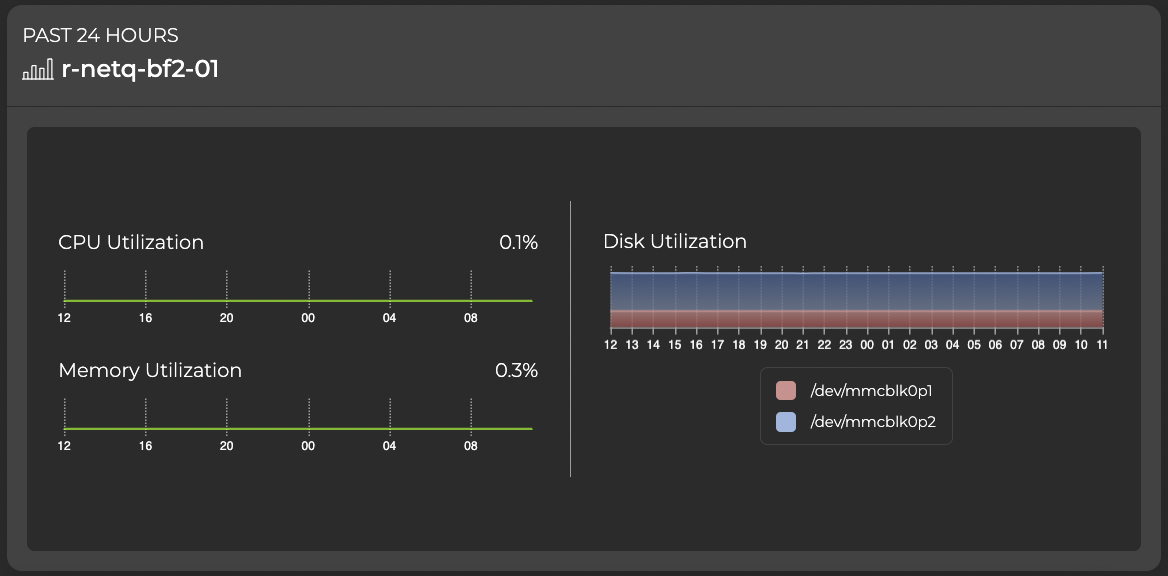ratings = tfds.load(‘movielens/100k-ratings’, split=”train”)
movies = tfds.load(‘movielens/100k-movies’, split=”train”)
# Select the basic features.
ratings = ratings.map(lambda x: {
“movie_title”: x[“movie_title”],
“user_id”: x[“user_id”],
“user_rating”: x[“user_rating”],
})
movies = movies.map(lambda x: x[“movie_title”])
# Randomly shuffle data and split between train and test.
tf.random.set_seed(42)
shuffled = ratings.shuffle(100_000, seed=42, reshuffle_each_iteration=False)
train = shuffled.take(80_000)
test = shuffled.skip(80_000).take(20_000)
movie_titles = movies.batch(1_000)
user_ids = ratings.batch(1_000_000).map(lambda x: x[“user_id”])
unique_movie_titles = np.unique(np.concatenate(list(movie_titles)))
unique_user_ids = np.unique(np.concatenate(list(user_ids)))
class MovielensModel(tfrs.models.Model):
def __init__(self, rating_weight: float, retrieval_weight: float) -> None:
# We take the loss weights in the constructor: this allows us to instantiate
# several model objects with different loss weights.
super().__init__()
embedding_dimension = 32
# User and movie models.
self.movie_model: tf.keras.layers.Layer = tf.keras.Sequential([
tf.keras.layers.StringLookup(
vocabulary=unique_movie_titles, mask_token=None),
tf.keras.layers.Embedding(len(unique_movie_titles) + 1, embedding_dimension)
])
self.user_model: tf.keras.layers.Layer = tf.keras.Sequential([
tf.keras.layers.StringLookup(
vocabulary=unique_user_ids, mask_token=None),
tf.keras.layers.Embedding(len(unique_user_ids) + 1, embedding_dimension)
])
# A small model to take in user and movie embeddings and predict ratings.
# We can make this as complicated as we want as long as we output a scalar
# as our prediction.
self.rating_model = tf.keras.Sequential([
tf.keras.layers.Dense(256, activation=”relu”),
tf.keras.layers.Dense(128, activation=”relu”),
tf.keras.layers.Dense(1),
])
# The tasks.
self.rating_task: tf.keras.layers.Layer = tfrs.tasks.Ranking(
loss=tf.keras.losses.MeanSquaredError(),
metrics=[tf.keras.metrics.RootMeanSquaredError()],
)
self.retrieval_task: tf.keras.layers.Layer = tfrs.tasks.Retrieval(
metrics=tfrs.metrics.FactorizedTopK(
candidates=movies.batch(128).map(self.movie_model)
)
)
# The loss weights.
self.rating_weight = rating_weight
self.retrieval_weight = retrieval_weight
def call(self, features: Dict[Text, tf.Tensor]) -> tf.Tensor:
# We pick out the user features and pass them into the user model.
user_embeddings = self.user_model(features[“user_id”])
# And pick out the movie features and pass them into the movie model.
movie_embeddings = self.movie_model(features[“movie_title”])
return (
user_embeddings,
movie_embeddings,
# We apply the multi-layered rating model to a concatentation of
# user and movie embeddings.
self.rating_model(
tf.concat([user_embeddings, movie_embeddings], axis=1)
),
)
def compute_loss(self, features: Dict[Text, tf.Tensor], training=False) -> tf.Tensor:
ratings = features.pop(“user_rating”)
user_embeddings, movie_embeddings, rating_predictions = self(features)
# We compute the loss for each task.
rating_loss = self.rating_task(
labels=ratings,
predictions=rating_predictions,
)
retrieval_loss = self.retrieval_task(user_embeddings, movie_embeddings)
# And combine them using the loss weights.
return (self.rating_weight * rating_loss
+ self.retrieval_weight * retrieval_loss)
model = MovielensModel(rating_weight=1.0, retrieval_weight=0.0)
model.compile(optimizer=tf.keras.optimizers.Adagrad(0.1))
cached_train = train.shuffle(100_000).batch(8192).cache()
cached_test = test.batch(4096).cache()
train_np=np.stack(list(train))
model.fit(cached_train, epochs=3)
metrics = model.evaluate(cached_test, return_dict=True)
model = MovielensModel(rating_weight=0.0, retrieval_weight=1.0)
model.compile(optimizer=tf.keras.optimizers.Adagrad(0.1))
model.fit(cached_train, epochs=3)
metrics = model.evaluate(cached_test, return_dict=True)
train_np=np.stack(list(train))
trained_movie_embeddings, trained_user_embeddings, predicted_rating = model({
“user_id”: np.array([“42”]),
“movie_title”: np.array([“Dances with Wolves (1990)”])
})
print(“Predicted rating:”)
print(predicted_rating)
model = MovielensModel(rating_weight=1.0, retrieval_weight=0.0)
model.compile(optimizer=tf.keras.optimizers.Adagrad(0.1))
import shap
background=train_np[np.random.choice(train_np.shape[0],100,replace=False)]
explainer=shap.DeepExplainer(model,background)
#explainer=shap.DeepExplainer((model.layers[0].input,model.layers[-1].output),background)
Your TensorFlow version is newer than 2.4.0 and so graph support has been removed in eager mode and some static graphs may not be supported. See PR #1483 for discussion. ————————————————————————— TypeError Traceback (most recent call last) <ipython-input-17-3ea83d94ac4d> in <module>() 7 import shap 8 background=train_np[np.random.choice(train_np.shape[0],100,replace=False)] —-> 9 explainer=shap.DeepExplainer(model,background) 10 #explainer=shap.DeepExplainer((model.layers[0].input,model.layers[-1].output),background) 2 frames/usr/local/lib/python3.7/dist-packages/shap/explainers/tf_utils.py in _get_model_output(model) 83 isinstance(model, tf.keras.Model): 84 if len(model.layers[-1]._inbound_nodes) == 0: —> 85 if len(model.outputs) > 1: 86 warnings.warn(“Only one model output supported.”) 87 return model.outputs[0] TypeError: object of type ‘NoneType’ has no len()
explainer=shap.DeepExplainer((model.layers[0].input,model.layers[-1].output),background)
tf.Tensor([[3.402324]], shape=(1, 1), dtype=float32) ————————————————————————— AttributeError Traceback (most recent call last) <ipython-input-18-4d6acf026691> in <module>() 8 background=train_np[np.random.choice(train_np.shape[0],100,replace=False)] 9 #explainer=shap.DeepExplainer(model,background) —> 10 explainer=shap.DeepExplainer((model.layers[0].input,model.layers[-1].output),background) /usr/local/lib/python3.7/dist-packages/keras/engine/base_layer.py in output(self) 2167 “”” 2168 if not self._inbound_nodes: -> 2169 raise AttributeError(‘Layer ‘ + self.name + ‘ has no inbound nodes.’) 2170 return self._get_node_attribute_at_index(0, ‘output_tensors’, ‘output’) 2171 AttributeError: Layer retrieval_2 has no inbound nodes.
I have tried 2 options but they did not work
submitted by /u/TimelyAbbreviations1
[visit reddit] [comments]

 Join this webinar on June 14 and learn how to program computer vision algorithms using VPI’s Python interface.
Join this webinar on June 14 and learn how to program computer vision algorithms using VPI’s Python interface. Monitor DPUs, validate RoCE deployments, gain network insights through flow-based telemetry analysis, and centrally view network events with NetQ 4.2.0.
Monitor DPUs, validate RoCE deployments, gain network insights through flow-based telemetry analysis, and centrally view network events with NetQ 4.2.0.


